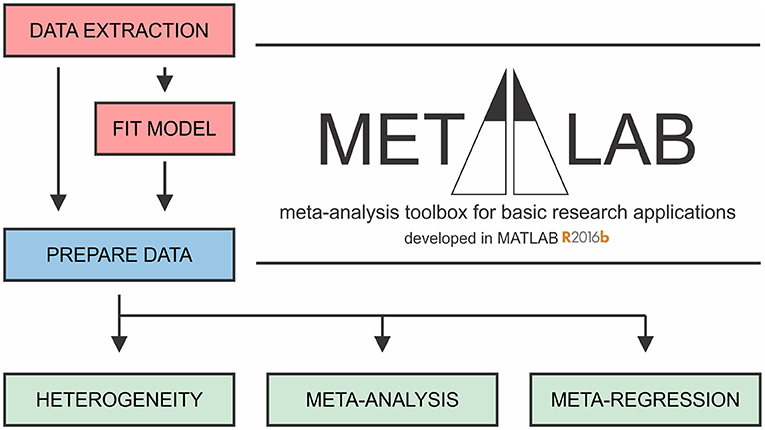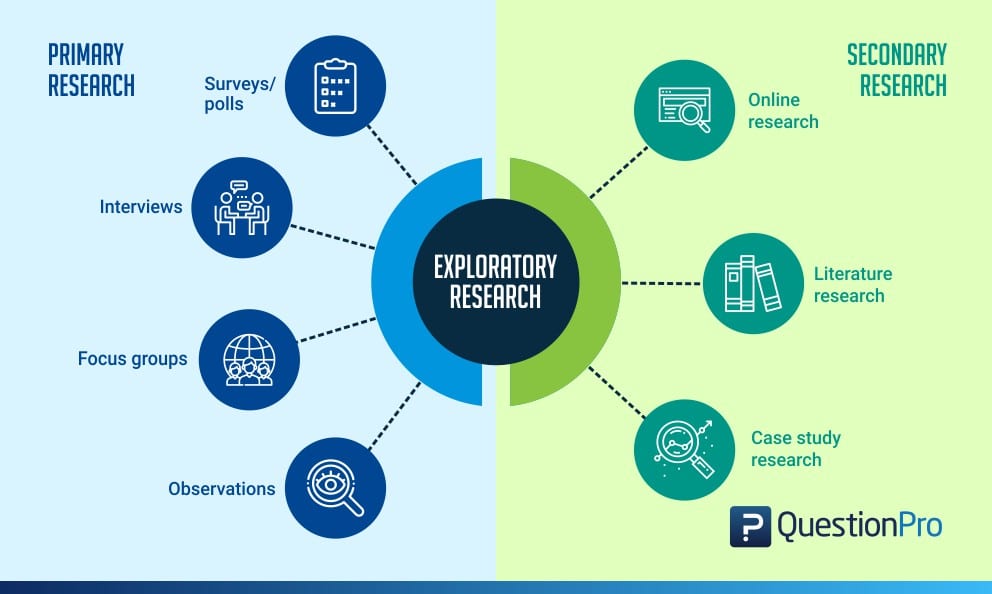


The open ended questions are designed in such a way that additional questions may arise depending upon the responses of the participants. However, in this case-study, primary information is gathered through semi-structured interviews to gather in-depth insights about the issues relevant to the research objectives. Semi structured questionnaires include open ended questions and call for a subjective information while structured questionnaires tend to be close ended and seek for objective responses based on, for example, Likert scale measures. In most qualitative analysis, primary information is gathered mostly in the form of in depth interviews or semi-structured interviews. The information gathered directly from the respondents is considered as a primary source of information. In general, primary or secondary data pertaining to these research questions can be used as a mode of data collection process. The data collection process revolves around these research questions taking the case of Sainsbury in this study. The practice of data collection proceeds in the lines of the identified research questions whose answers can potentially solve the research problem.

The research design takes the following aspects in consideration: to devise the relevant questions upon which the study proceeds, to identify what data is relevant, to have a clear idea of what data is to be collected and finally to analyse the given data according the research problem. The research design in the case study includes the collection of data and analysing it to meet the research objectives through concerned data collection methods and techniques. A case study is a consideration of the characteristics of participants, the cultural norms, the demographic analysis and the nature of the context which serve as useful inputs for answering the research problem to come up with plausible conclusions. In the statistical methods, the study is focussed on the distribution of variables while in the case study, it attempts in defining a variety of variables related to the subject of study. A case study employs the use of qualitative analysis in gathering the data.Ī case study analysis proceeds on the lines of studying the situation to pose further questions for the research. It is used to explore a phenomenon based on the real life context. A case study approach is particularly chosen when there does not exist much prevalent theory about the situation. A case study approach is a holistic approach to observe the situation and gather valuable insights from the participants in the situation to explore phenomena.Ī case study approach does not attempt at proving a generalised truth nor does it attempt at establishing a cause effect relationship but it attempts at empirical investigation of a phenomena. It refers to gathering information about a particular individual or a group in order to gain a holistic view about the subject of study. Case StudyĪ case study is an in-depth empirical investigation of a situation to understand and answer the how and why questions pertaining to a particular phenomenon. The interviews are useful as they allow probing questions for further information. The data is collected using semi-structured interviews. The research design in this particular dissertation involves the use of case study research strategy where the data is collected from the participants belonging to Sainsbury which includes the customers, employees and the managers of Sainsbury. The research design encompasses the kind of research strategy employed for the conduct of research upon which the data collection methods and the sample size and techniques are based.

It is the blueprint of the procedure which contains the tools employed for data collection process and data analysis. The research design includes the conceptual framework of the research process which involves the data collection process and the sampling techniques employed for the conduct of the research.


 0 kommentar(er)
0 kommentar(er)
